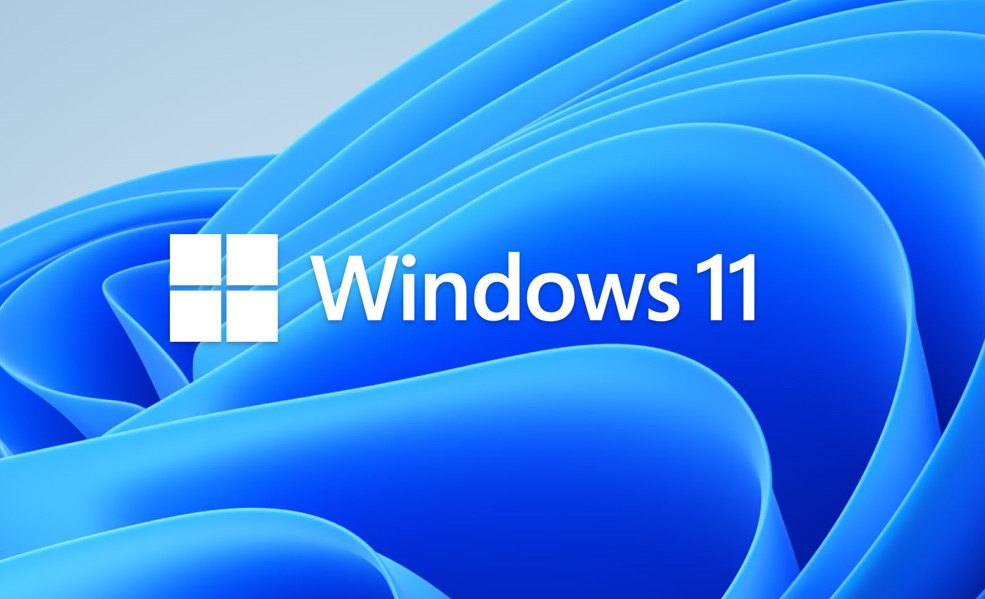Font smoothing in Windows 11 enhances the appearance of text on your screen, making it easier to read and reducing visual strain. This feature uses anti-aliasing to smooth the edges of fonts, particularly on modern high-definition displays. However, some users may prefer to disable font smoothing due to personal preference or performance considerations. Whether you want to enable or disable font smoothing, this step-by-step guide will walk you through the process.
In this article, we’ll explain how to enable or disable font smoothing in Windows 11, cover different methods for managing the setting, and explore why you might want to tweak it for better readability or performance.

What Is Font Smoothing in Windows 11?
Font smoothing is a technique used by Windows to improve the appearance of text by softening the jagged edges that can appear on certain fonts, particularly at smaller sizes. The most common font smoothing technology in Windows is called ClearType, which adjusts the colors of the text edges to create a smoother visual experience.
In addition to ClearType, there is also a basic Font Smoothing option that applies a more general anti-aliasing effect to fonts across the operating system.
By default, font smoothing is enabled in Windows 11, but you can disable it if you prefer sharper, more defined text without anti-aliasing.
Also Read- How To Add Or Remove Address Bar In Registry Editor In Windows 11
Why Enable or Disable Font Smoothing?
Reasons to Enable Font Smoothing
- Improved Readability: Font smoothing makes text easier to read, particularly on LCD or high-definition displays.
- Better Aesthetic: Smooth fonts often appear more professional and polished, especially in modern applications.
- Eye Comfort: Enabling font smoothing can reduce eye strain for users who spend long periods reading text on their screens.
Reasons to Disable Font Smoothing
- Sharper Text: Some users prefer the look of sharper, crisper text, which is achieved by disabling font smoothing.
- Performance Improvement: Disabling font smoothing can improve performance on older systems or devices with lower graphics capabilities.
- Personal Preference: Some users simply prefer the way text looks without font smoothing, particularly in certain applications or programming environments.
Also Read- How To Downgrade Windows 11 Pro To Windows 11 Home
How to Enable or Disable Font Smoothing in Windows 11
There are several ways to enable or disable font smoothing in Windows 11. We’ll cover methods using the Settings app, Performance Options, and the Registry Editor.
Method 1: Enable or Disable Font Smoothing via Performance Options
The easiest way to manage font smoothing in Windows 11 is through the Performance Options menu. This method allows you to toggle font smoothing along with other visual effects for better performance.
Step-by-Step Guide:
- Open the Start Menu:
- Press the Windows key or click the Start button on your taskbar.
- Search for “Performance”:
- In the search bar, type Adjust the appearance and performance of Windows and click on the option that appears.
- Open Performance Options:
- In the Performance Options window, go to the Visual Effects tab.
- Find Font Smoothing:
- Scroll through the list of visual effects and locate the option labeled Smooth edges of screen fonts.
- Enable or Disable Font Smoothing:
- To enable font smoothing, ensure the box next to Smooth edges of screen fonts is checked.
- To disable font smoothing, uncheck the box.
- Apply the Changes:
- After making your selection, click Apply and then OK to save the changes.
- Restart if Necessary:
- Some changes may take effect immediately, but if you don’t see the difference right away, restart your computer to apply the new settings.
Method 2: Enable or Disable Font Smoothing via Registry Editor
For advanced users who want more control, you can enable or disable font smoothing by editing the Windows Registry. This method requires caution, as improper modifications to the registry can affect system performance.
Step-by-Step Guide:
- Open the Run Dialog:
- Press Win + R to open the Run dialog box.
- Launch Registry Editor:
- In the Run dialog, type regedit and press Enter. This will open the Registry Editor.
- Navigate to Font Smoothing Settings:
- In the Registry Editor, navigate to the following path:mathematicaCopy code
HKEY_CURRENT_USER\Control Panel\Desktop
- In the Registry Editor, navigate to the following path:mathematicaCopy code
- Find the Font Smoothing Key:
- In the right-hand pane, look for a value named FontSmoothing.
- Modify the FontSmoothing Value:
- Double-click on FontSmoothing to edit it.
- To enable font smoothing, set the value to 2.
- To disable font smoothing, set the value to 0.
- Save Changes and Restart:
- After modifying the value, click OK to save the changes.
- Close the Registry Editor and restart your computer for the changes to take effect.
Method 3: Enable or Disable ClearType for Font Smoothing
ClearType is a more advanced font smoothing technology in Windows 11, designed to improve the readability of text on LCD screens. You can adjust ClearType settings to fine-tune how fonts appear on your display.
Step-by-Step Guide:
- Open the Start Menu:
- Press the Windows key or click the Start button.
- Search for ClearType:
- Type Adjust ClearType text in the search bar and select the matching result.
- Enable ClearType:
- In the ClearType Text Tuner window, ensure that the box next to Turn on ClearType is checked.
- Follow the ClearType Wizard:
- Click Next and follow the on-screen instructions to fine-tune your ClearType settings. You will be asked to select the text sample that looks best to you.
- Finish the Setup:
- After selecting your preferred text samples, click Finish to apply the settings.
- Restart if Necessary:
- If the changes aren’t immediately visible, restart your computer to apply the new ClearType settings.
Method 4: Enable or Disable Font Smoothing via Command Prompt
You can also enable or disable font smoothing using the Command Prompt, which is a quick and efficient method for those comfortable with command-line tools.
Step-by-Step Guide:
- Open Command Prompt as Administrator:
- Press Win + S and type cmd. Right-click on Command Prompt and select Run as Administrator.
- Enable Font Smoothing:
- To enable font smoothing, type the following command and press Enter:bashCopy code
reg add "HKCU\Control Panel\Desktop" /v FontSmoothing /t REG_SZ /d 2 /f
- To enable font smoothing, type the following command and press Enter:bashCopy code
- Disable Font Smoothing:
- To disable font smoothing, type this command and press Enter:bashCopy code
reg add "HKCU\Control Panel\Desktop" /v FontSmoothing /t REG_SZ /d 0 /f
- To disable font smoothing, type this command and press Enter:bashCopy code
- Restart Your Computer:
- After entering the command, restart your computer to apply the changes.
Also Read- How To Uninstall Or Reinstall Recall In Windows 11
Conclusion
Enabling or disabling font smoothing in Windows 11 is a simple way to customize the appearance of text on your screen according to your preferences. Whether you choose to adjust the settings via Performance Options, Registry Editor, or the ClearType Text Tuner, you can easily find the balance between performance and visual appeal. Font smoothing can improve readability and reduce eye strain, but some users may prefer the sharper look of fonts without anti-aliasing. By following the steps outlined in this guide, you can optimize your Windows 11 experience and tailor font rendering to your needs.

































